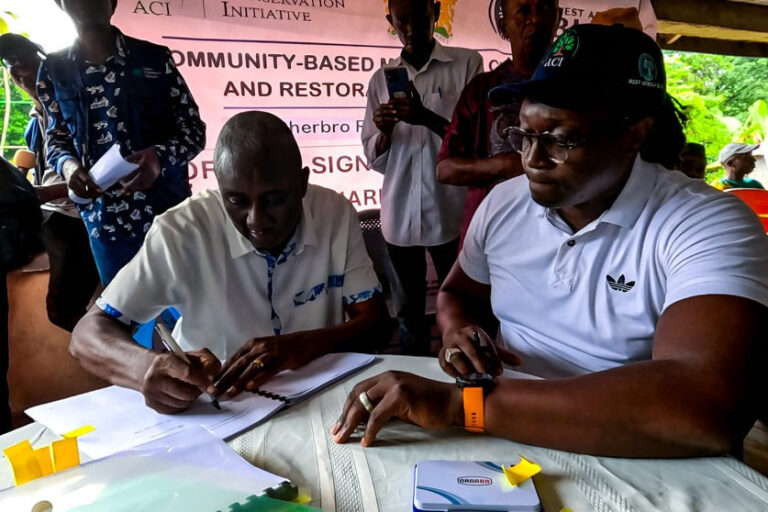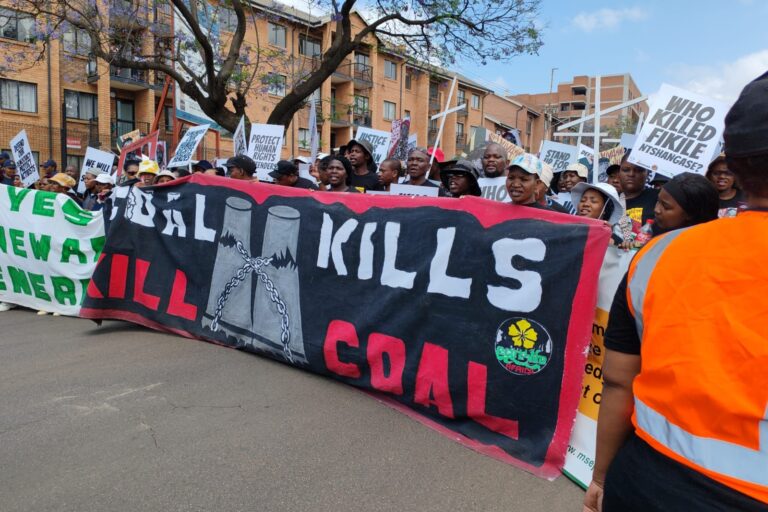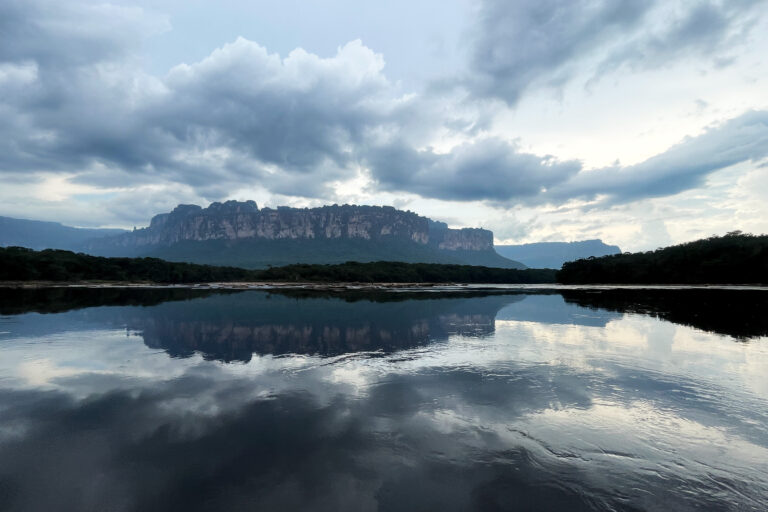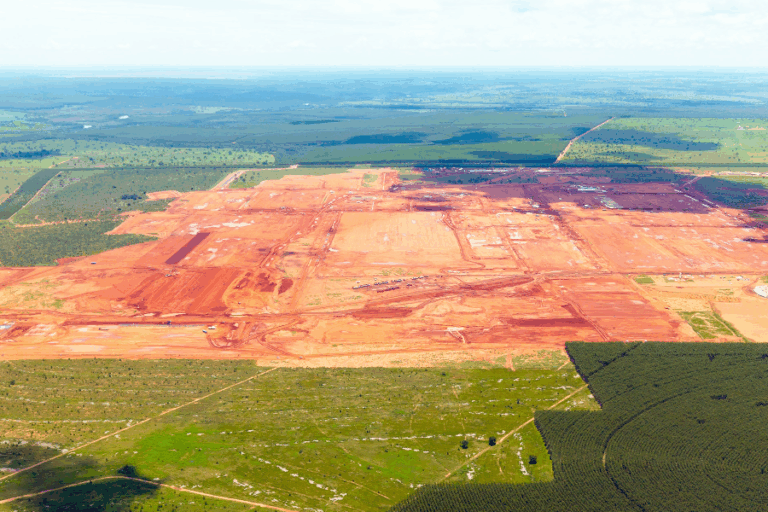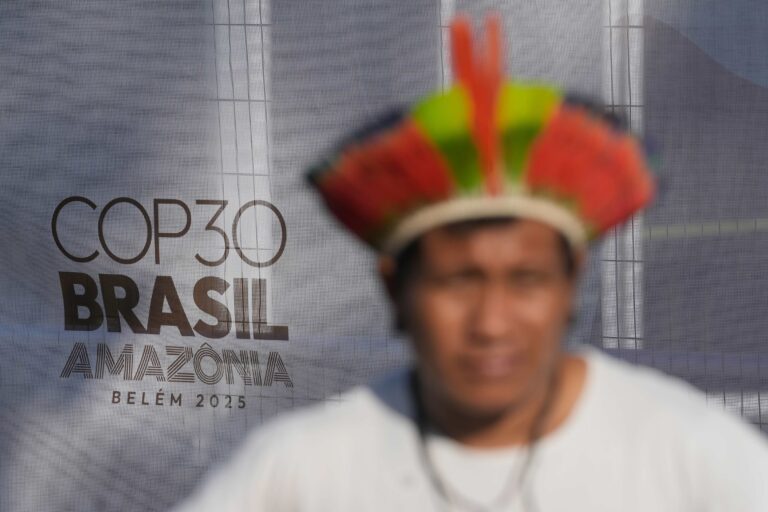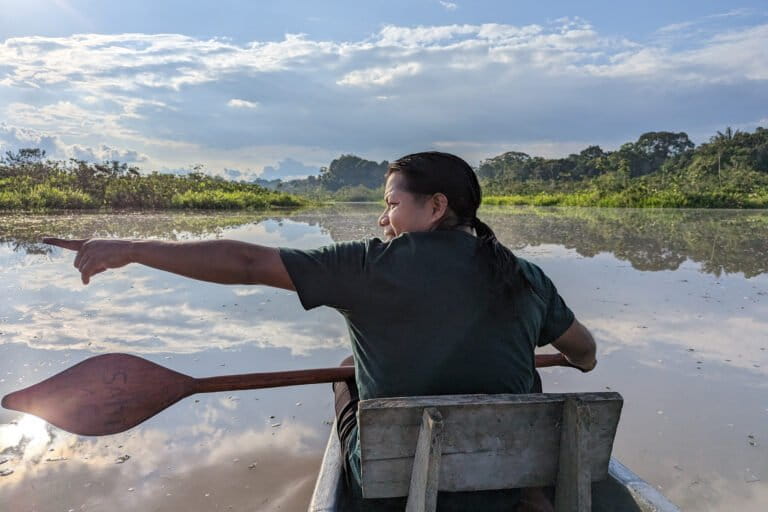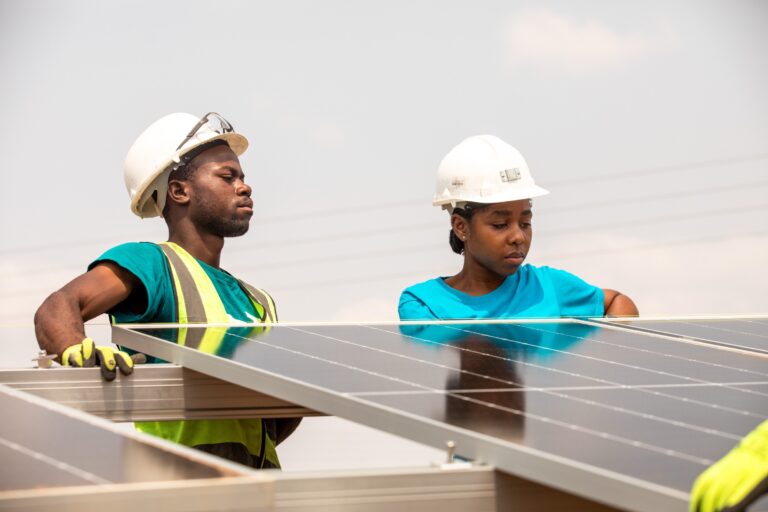- In 2009, the Brazilian government made a commitment to the United Nations’ Framework Convention on Climate Change (UNFCCC) to decrease deforestation by 80% by 2020, but exceeded that target in 2012, when the annual deforestation rate was only 20% of its twenty-year historical mean.
- The Action Plan for the Prevention and Control of Deforestation in the Legal Amazon (PPCDAm) is considered one of Lula da Silva’s major wins during his first two terms as president. Although the initiative did not eliminate deforestation, its policies succeeded in changing human behavior and business models on the forest frontier.
- In 2019, president Jair Bolsonaro defunded the programme’s law-and-order components and dissolved the PPCDAm, while running limited activities to combat deforestation.
- Once Lula de Silva got re-elected in 2023, he revived the program, which now focuses less on command-and-control measures like deforestation fines and land-use planning, and more on promoting sustainable livelihoods.
The dramatic reduction in deforestation in Brazil between 2004 and 2012 was the result of an ‘all of government approach’, which was closely coordinated with private initiatives responding to international boycotts that targeted commodity supply chains. Launched in the first year of President Inácio Lula da Silva’s first term, the Action Plan for the Prevention and Control of Deforestation in the Legal Amazon (PPCDAm) was successful largely because it was executed from the Casa Civil, a high-level entity within the office of the Presidency (CC/PR).
The early success of the PPCDAm demonstrated that reducing deforestation requires policies that span the regulatory apparatus at the federal, state and local level. Although the initiative did not eliminate deforestation, its policies succeeded in changing human behaviour and business models on the forest frontier. In 2009, the government made a commitment to the United Nations’ Framework Convention on Climate Change (UNFCCC) to decrease deforestation by 80% by 2020, but exceeded that target in 2012, when the annual deforestation rate was only 20% of its twenty-year historical mean.
Despite its initial success, the PPCDAm failed to eradicate certain types of small-scale land clearing and was ineffective in combating the wildcat gold mining that exploded across the region. The shortfall was not necessarily a design failure, however, but the result of the political calculus of subsequent administrations and a global market that continued to drive the expansion of agribusiness. A social backlash fueled by vested interests with raw political power and dissatisfaction fueled by the Lava Jato scandal allowed Bolsonaro to dismantle the programme during his term in office. Arguably, the PPCDAm was the most significant policy achievement of Lula’s first two terms in office, which justifies its rebirth as the central component of his renewed pledge to end (illegal) deforestation by 2027.
The PPCDAm organized its activities in three (and later four) major policy axes, which were implemented in four (eventually five) consecutive phases.
Phase I: 2004–2008. Roll-Out
The first year of the PPCDAm was dedicated to organisational activities that had been gestating within NGOs and academic think-tanks for more than a decade. Among its first concrete actions were investments in territorial planning on landscapes adjacent to BR-163, the trunk highway being upgraded to support Brazil’s rapidly expanding soybean exports.
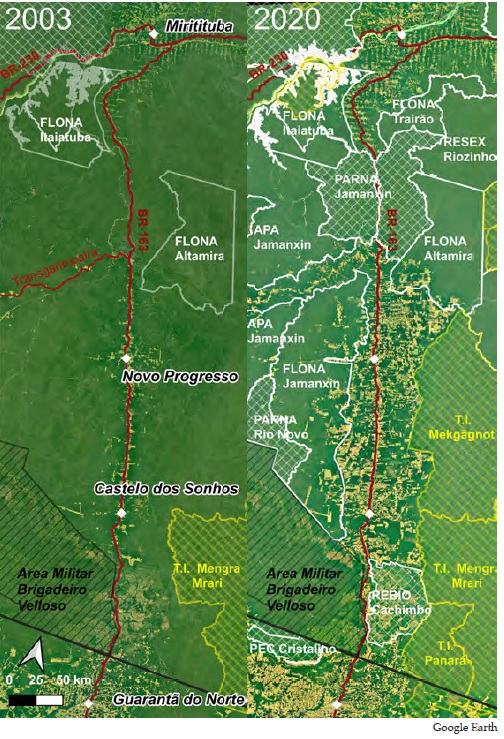
These included the creation of new protected areas (~50 million hectares or 123.5 million acres), demarcation of Indigenous lands (~44 million hectares or 108.7 million acres), and compilation of zoning documents (ZEE) that theoretically would guide land use in the buffer zone along the highway.
A major innovation in monitoring and control was the improvement in the Programa de Cálculo de Desmatamento da Amazônia (PRODES) to ensure it could provide wall-to-wall annual data, and the implementation of an early alert system that detected deforestation in almost real time (Sistema de Detecção do Desmatamento em Tempo Real–DETER). This spatially explicit data enabled IBAMA to work with law enforcement agencies to prosecute environmental crimes of illegal deforestation, land grabbing and illegal logging. The scope and scale were unprecedented, leading to more than 41,000 fines totalling US$3.9 billion, an embargo on one million hectares (2.47 million acres) of pasture and cropland, and the confiscation of a million cubic metres of timber.
Many analysts attribute the success of the first phase of the PPCDAm to the leadership of Marina da Silva, the former senator from Acre and disciple of Chico Mendes, who served as environment minister (MMA) from 2004 to 2008. She resigned her position in protest against other components of Lula’s development agenda in the Amazon, particularly his decision to move forward on large-scale hydroelectric projects on the Madeira, Tapajós and Xingu rivers.
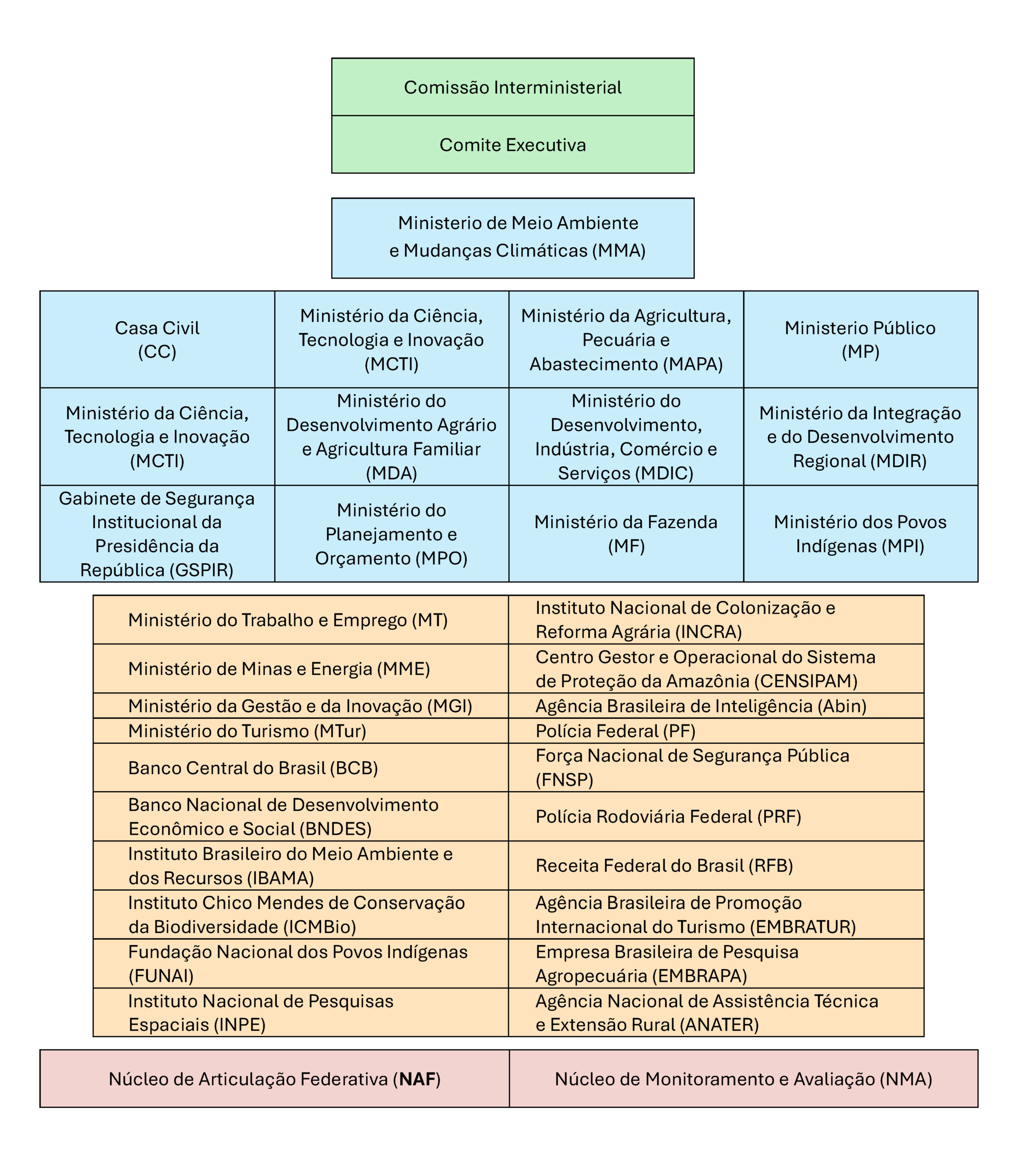
Phase II (2009–2011). Momentum.
While the first phase of the PPCDAm concentrated on organizing an effective regulatory framework and establishing the rule of law, the second phase sought to improve the economic incentives that would make the command and control operations more palatable to inhabitants of the forest frontier. One important policy was the reformation of the administrative and legal procedures for demarcating and formalizing legal title for protected areas (ICMBio) and Indigenous territories (FUNAI), which directed INCRA to accelerate land tenure certification for agrarian reserves and private land claims on undesignated public land (glebas). Efforts to track land use on private landholdings were facilitated by the creation of the Cadastro Ambiental Rural (CAR), an online database managed by the Brazilian Forest Service (SERFLOR).
The CAR database was rapidly populated by soy producersm
,because enrollment was a requirement imposed by international commodity traders who controlled access to overseas markets. Simultaneously, IBAMA and the Ministério Público Federal (MPF) took beef processors to court as part of a strategy to compel ranchers to comply with the Forest Code, a strategy enhanced by ongoing improvements in the data management capacities of both PRODES and DETER. Producer organisations responded, with EMBRAPA’s assistance, by implementing alternative production strategies, such as crop-livestock rotation and integrated beef, crop and forestry production systems.

Many of the activities and initiatives mandated or promoted by the PPCDAm enjoyed financial support from the Amazon Fund (US$1.3 billion), a financial vehicle managed by the Banco Nacional de Desenvolvimento Econômico e Social (BNDES) that was capitalized by donations from the governments of Norway (92%) and Germany (7%), and other sources (1%). Economic incentives to support the transition away from deforestation-dependent production included subsidies for traditional populations (Ribeirinhas) and the creation of the Bolsa Verde, a cash-transfer scheme for families living in extreme poverty (> US$30 per month).
Phase III (2012–2015). Treading water
As the PPCDAm transitioned into a third presidential administration, it ramped up investment in sustainable (alternative) production systems, while empowering states and municipalities to develop their own programmes and initiatives.
A major component was the Programa de Regularização Ambiental (PRA), which allowed landholders who had registered with the CAR a pathway for complying with the Forest Code. Most producers had cleared more land than the law permitted, but they were allowed to continue operations and commercialize their products, as long as they signed a binding commitment to come into compliance via a Termo de Ajustamento de Conduta (TAC). This administrative procedure required them to calculate their ‘forest debt’, essentially the difference between the actual forest cover and the amount required by law, and to commit to reforesting or restoring that land in the foreseeable future. Much of the PPCDAm’s success in reducing deforestation on private landholdings can be attributed to commodity traders, who required suppliers to join the CAR and negotiate a TAC, which invariably included a commitment to no new deforestation.
The all-of-government approach facilitated the close collaboration of state governments, which were compiling the digital CAR for their respective jurisdictions. In Pará, which has the highest rate of deforestation in the country, landholdings guilty of excessive deforestation were included in a Lista de Desmatamento Ilegal. Known popularly as the blacklist, infringers were denied access to subsidized rural credit and the opportunity to sell their production to major packing plants.
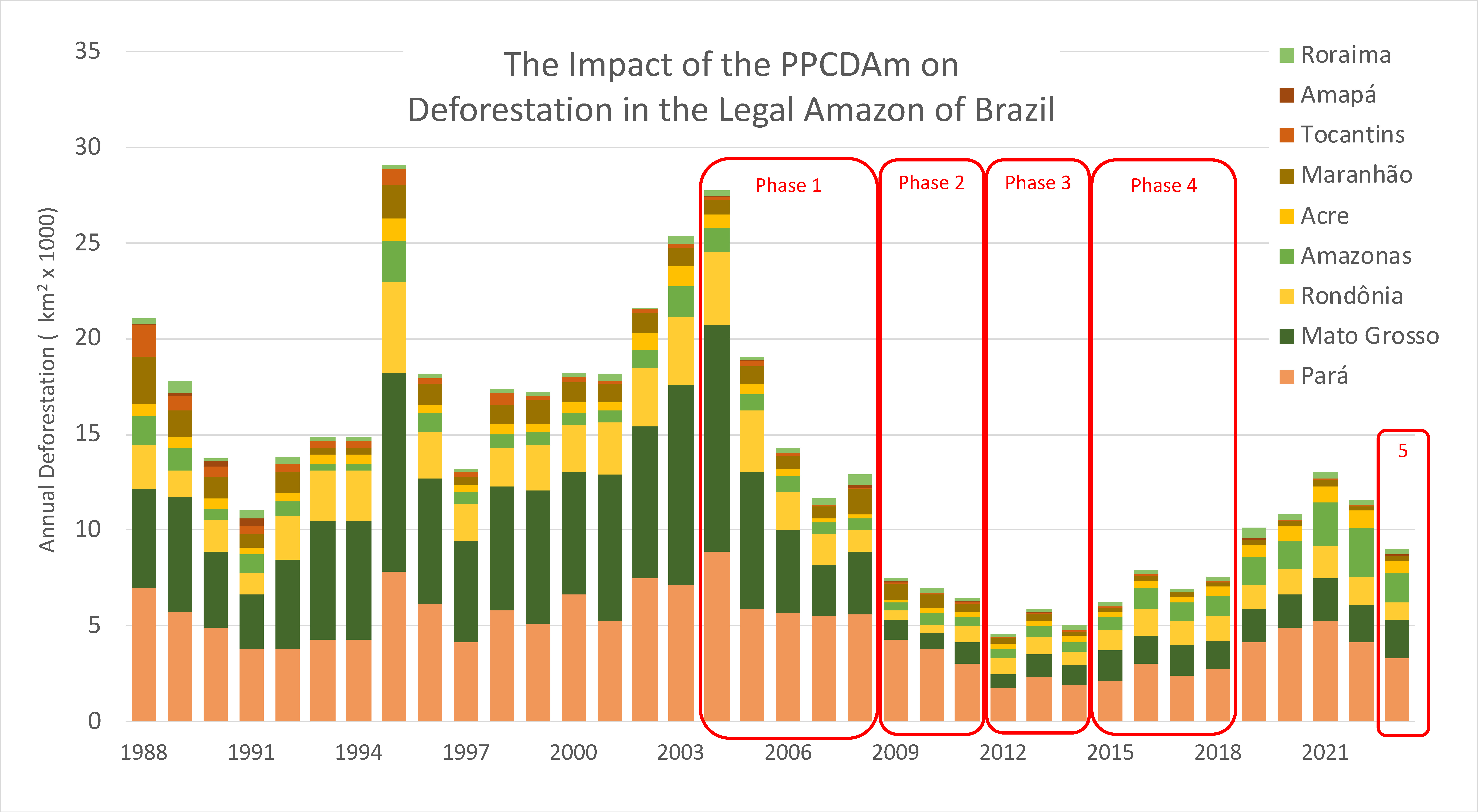
These negative incentives were complemented by policies that rewarded municipal governments that supported efforts to end illegal deforestation (Programa Municípios Verde – PMV). In Mato Grosso, the state government partnered with producer associations to improve productivity and provide fiscal incentives to conserve natural habitat (Produzir, Conservar e Incluir – PCI).
These programmes were accompanied by the ongoing law-and-order campaigns targeting landholders guilty of illegal deforestation. In one highly publicized initiative (Amazônia Protege), IBAMA identified 1,262 illegal deforestation patches totaling more than 176,000 hectares (434,900 acres) by cross-referencing data from PRODES and DETER with property polygons registered in the CAR. This allowed prosecutors to file 757 civil lawsuits seeking damages of approximately R$2.8 billion.
The deforestation rate fluctuated over the next four years, reflecting the recalcitrant nature of the new baseline deforestation rate, but also the failure to develop alternative production systems that could compete with conventional business models. Despite being included as a priority in all phases of the PPCDAm, the growth of alternative production models (now referred to as biocommerce) lagged behind the expectations of its proponents in NGOs and academia. With the notable exception of açai, the lack of a robust demand for sustainable forest products undermined programmes to transition the frontier economy.
The third phase began with the presidential succession from Lula da Silva to Dilma Rousseff, who transferred the PPCDAm from the CC/PR to the Ministry of the Environment in 2013, a change in institutional domicile that effectively downgraded the PPCDAm as a policy priority. Not insignificantly, this period coincided with an economic recession that constrained the government’s ability to allocate more funds to high-risk biocommerce ventures with limited prospects for stimulating economic growth. Worse still, the Rousseff administration was embroiled in the Lava Jato scandal, which consumed the nation and exacerbated what was by then a major economic and fiscal crisis.

Phase IV (2016–2020). Backsliding and dissolution
Michel Temer was considerably less committed than his predecessor was to the conservation of the Amazon; nonetheless, as a caretaker president, he allowed the PPCDAm to continue under the guidance of the professional civil servants at IBAMA, FUNAI, MPF and other agencies. Their efforts, however, were constrained by fiscal conservatism forced on the government by international financial markets. This led to budget cuts, which resulted in staff reductions of approximately 25 per cent within IBAMA and ICMBio. Efforts to expand the fight against deforestation were countered by the growing influence of the Ruralista lobby in Congress, which influenced President Temer’s attempt to reduce the spatial area and level of protection for key protected areas adjacent to BR-163. Nevertheless, these policies were questioned by public prosecutors (MPF) and eventually overturned by the Supreme Court.
In 2019, the country elected Jair Bolsonaro, who immediately defunded the programme’s law-and-order components. He also dissolved the PPCDAm and transferred its surviving components to the Comissão Executiva para Controle do Desmatamento Ilegal e Recuperação da Vegetação Nativa and moved its administration from the MMA to the Conselho Nacional da Amazônia Legal, which was chaired by the country’s vice president (Hamilton Mourão), a retired army general with limited experience in environmental affairs.
Among the actions implemented by the new entity were Operação Verde Brasil and Operação Guardiões do Bioma, in which the armed forces and Justice Ministry were called upon to combat illegal deforestation, control wildfire, protect Indigenous lands and dismantle criminal organizations. Although more than 100,000 soldiers were mobilised to fight wildfires, there was only limited action to combat land grabbing and illegal deforestation, while actions to create new conservation units and approve Indigenous land claims ground to a halt. Germany and Norway suspended transfers to the Amazon Fund in 2019.
Phase V (2023–2027). Revival and Reform
On the first day of Inácio Lula da Silva’s third term in office, he re-established the PPCDAm and again placed its senior governing body within the Casa Civil of the Presidência da República. Rather than have the administrative unit within the CC/PR, however, the new structure created an executive subcommittee in the environment ministry (now renamed Ministério do Meio Ambiente e Mudança do Clima), which is again led by Marina Silva. Apparently, the former environmental activist and veteran politician will not resign in protest over policies that she finds objectionable, but will advocate for environmental policies within a coalition government that includes advocates with viewpoints markedly different from her own.
The fifth phase of the PPCDAm is reminiscent of the first, but incorporates a multitude of lessons learned from successes and failures of the first four iterations. While previous phases focused on command-and-control measures like deforestation fines and land-use planning, the new phase places greater emphasis on promoting sustainable livelihoods. There is a renewed (and emphatic) emphasis on agroforestry, the bioeconomy and ecotourism, with a goal of creating alternative (and truly competitive) livelihoods for families reliant on unsustainable practices like cattle ranching or unplanned logging.
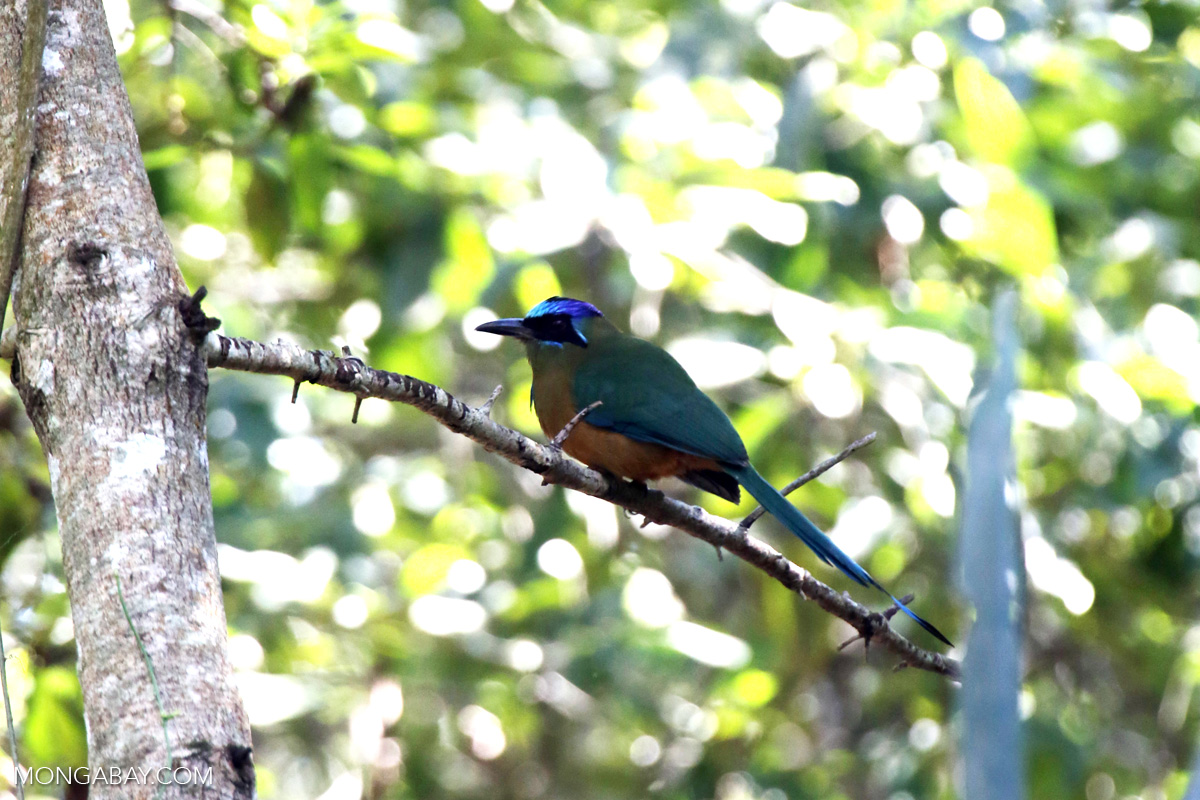
Reforestation and habitat restoration are highlighted as integral to future land-use paradigms, and there is much greater emphasis on empowering Indigenous people and traditional communities who were underserved in previous iterations of the PPCDAm. They are now seen as pivotal to the programme’s success, partly because their rights are recognised as undeniable, but also because they bring traditional (common sense) knowledge to the design and execution of future initiatives.
Phase 5 seeks to establish stronger partnerships between government agencies, NGOs, private companies and research institutions, in order to leverage expertise and resources for more effective monitoring and law enforcement. The goal is to tackle the root causes of deforestation, such as demand for illegal timber and the seemingly insatiable appetite for arable land for soy cultivation. Recognizing the crucial role of land titling in curbing land grabbing, Phase 5 will (finally) expedite the regularization of land tenure for forest communities, agrarian settlements and family farmers. This will require INCRA to simplify its bureaucratic procedures while increasing funding for land demarcation.
Besides emphasising the development of the bioeconomy, Phase 5 also underscores the need to develop financial mechanisms, economic incentives and regulations that make sustainable production more attractive than extractive production models in the conventional economy. Unsurprisingly, this involves strategies to implement REDD+ that include plans to access carbon markets to subsidise forest conservation, as well as mobilizing resources to finance restoration of forest habitat within private landholdings, to bring producers into compliance with the Forest Code.
Banner image: One of the leading causes of deforestation in the Amazon Rainforest is unsustainable cattle ranching and agricultural expansion. Image © Victor Moriyama/Amazônia em Chamas/Greenpeace.







